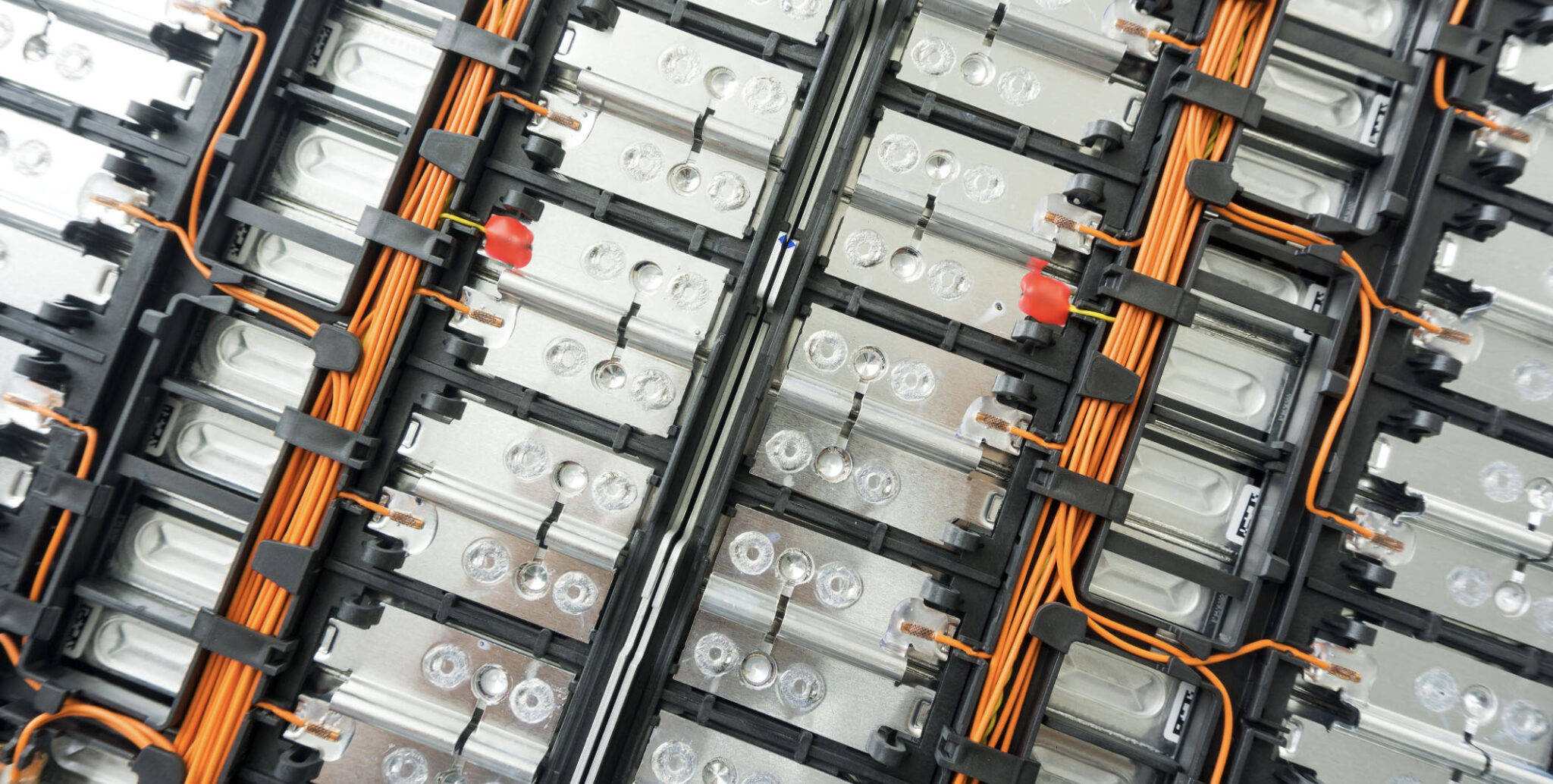Lithium ion technologies will lead global battery demand over this decade, buoyed by demand for electric vehicles as well as utility-scale energy storage systems for integrating wind and solar generation.
The global battery energy storage system market is expected to grow at a compound annual growth rate (CAGR) of 32.8% from 2020 to 2025, reaching $12.1 billion by 2025, from $2.9 billion in 2020 (https://www.globenewswire.com/news-release/2020/10/16/2109751/0/en/Worldwide-Battery-Energy-Storage-System-Industry-to-2025-COVID-19-Impact-Analysis.html).
Off the back of demand for lithium ion batteries, the global battery management (BMS) system market is also forecast to grow, from $4.1 billion in 2020 to $10.8 billion in 2027, representing a CAGR of 14.9% in the forecast period (https://www.marketwatch.com/press-release/global-battery-management-system-industry-2020-10-23). The lithium ion segment of the battery management system is predicted to see the most growth, with a 16.4% CAGR, 2020-2027 to reach $2.8 billion. Lead acid is expected to reach 14.7% CAGR for the period by comparison.
According to BNEF, technology has key role to play in helping lithium ion batteries unlock more demand. Average battery energy density is rising at 4-5% per year and new chemistries are hitting the market, while maximum EV charging speeds are also rising (https://about.bnef.com/electric-vehicle-outlook/).
In any advanced and complex application of batteries it is the BMS that holds the key to optimising any breakthroughs in cell chemistry. The performance, efficiency of operation, longevity and safety of a battery is directly influenced by the appropriate control of charging and discharging processes, which are carried out by the BMS.
Sunlight’s proprietary BMS technology has many distinct advantages, such as Active Balancing, which ensures that during the charging and discharging cycle there is always an equal flow of energy between cells, to maintain the same voltage levels, ultimately optimising the performance and lifecycle of the battery as a system. It also protects the battery against additional critical parameters such as over and under temperature, overcharging, and short circuit. Finally, it allows the batteries to be monitored on 24/7 basis, through GLocal cloud platform. Warnings and alarms, as well as operating status data, are accessible remotely from anywhere and are used to better understand the battery utilization profiles, predict regular maintenance and provide firmware updates without any physical presence requirements.
